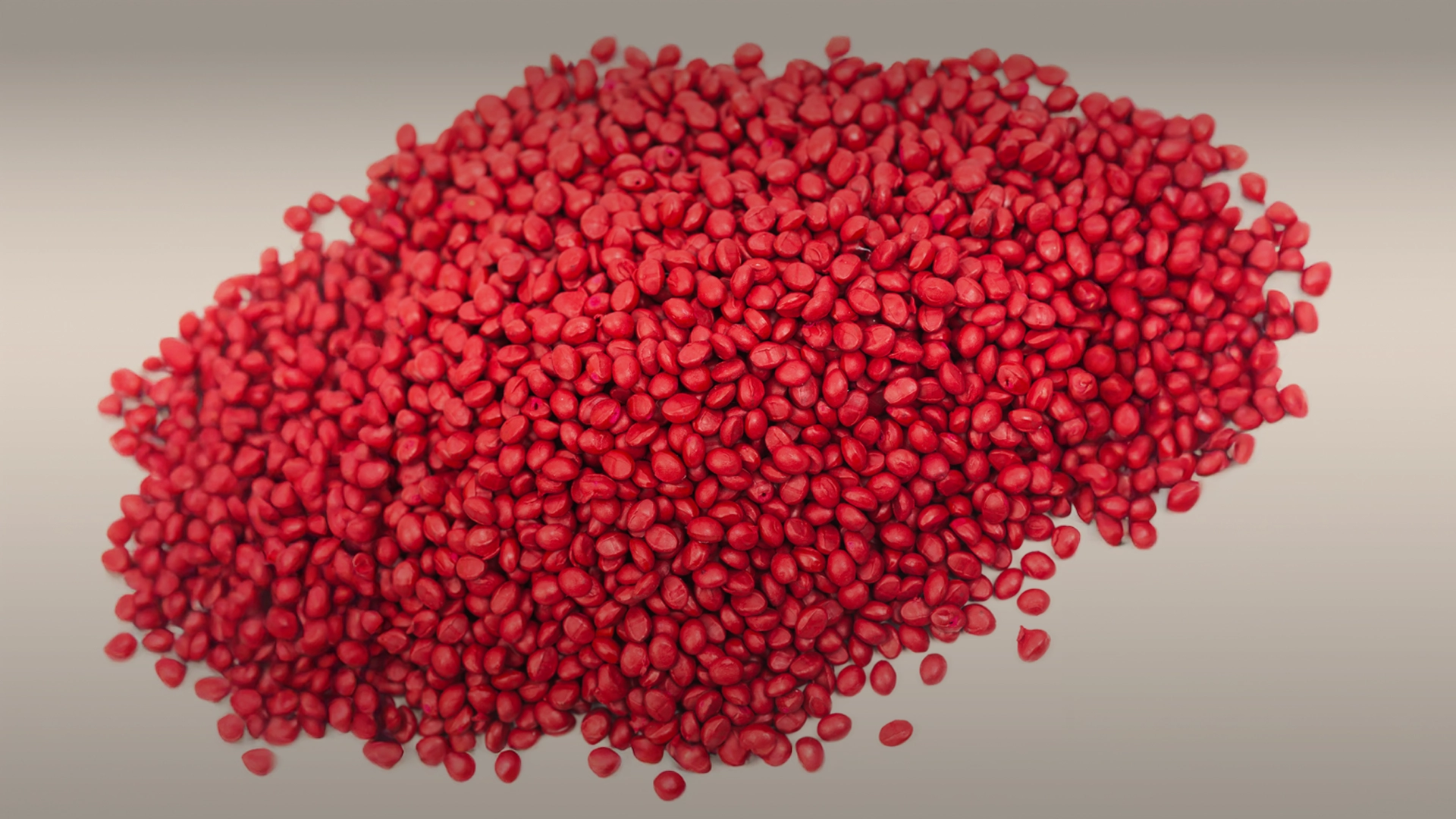Medical Device Rapid prototyping is a method used by companies to turn simple ideas into realistic POC (proof of concept). It enables Medical device design concepts to become high-fidelity prototypes that closely resemble final products, and can also guide devices through a series of validation steps toward mass production.
Product design and development teams, thanks to some medical device rapid prototyping tools such as 3D printers, can create prototypes from CAD data. It is also possible to perform design reviews based on real-world testing and feedback at a lower cost than before.
Below is an explanation of how medical device Rapid Prototyping can be optimised to be as cost and time efficient as possible.
1. MATCH MATERIAL SELECTION AND PROTOTYPING TECHNOLOGY WITH THE MEDICAL DEVICE PROTOTYPE PURPOSE
It is not necessary to make the medical device prototype models from the materials we would use for the final product, as this would be very expensive. To understand which materials and equipment to use, it is always good to consider what your prototypes require.
For example, basic concept models simply require speed of finish, without giving too much importance to detail. Aesthetic prototypes, on the other hand, require useful technologies and materials for fine details and high quality surface finishes. Finally, functional prototypes require particular resistance to mechanical stress or specific properties, such as optical transparency.Today, the most widely used 3D printing technologies for plastics are: fused deposition modeling (FDM), stereolithography (SLA), and selective laser sintering (SLS). Also silicone molding and CNC milling are valid alternatives, depending on the purpose of the medical device prototype.
2. OPTIMIZE THE DESIGN
3D printers offer a lot of freedom in the medical device design. By taking the time to optimise part geometries, you can ensure efficient printing of high quality parts. When designing a part for 3D printing, the design guidelines for that specific technology or printer must be carefully followed.
Typically, the most required optimisations include keeping wall thicknesses at or above minimum specifications, eliminating or supporting angled walls and steep overhangs, adding drain holes for hollow designs and the orientation of the part (layer build-up) must be carefully chosen to ensure mechanical features.
3. KEEPING ONLY NECESSARY FEATURES
Adding features that are not strictly necessary to the design can be tempting, but obviously doing so increases both the complexity and the cost of production, making medical device development more difficult. The most significant additions are surface finishes and tight tolerances. The latter are appealing for aesthetic reasons, but cost more. If they are needed, it is always better to apply them only to the parts that need them and not to the whole part. Sometimes surface finishes such as high polish and mirror finish are required for cleaning reasons. Most medical instruments remain functional even without a high quality finish, so to optimise costs it is always better not to do any finishing unless it is necessary.
4. ASSEMBLE LARGE PARTS FROM MULTIPLE PRINTS
3D printing large parts can be a time-consuming and expensive process, often outsourced to service providers with large industrial printers.
As an alternative, however, it is possible to divide a model into smaller parts and then be able to create objects larger than what fits into the build volume of a 3D printer. To divide the parts, you can add parts to your medical device design that will allow the prints to align themselves, or simply split the parts with straight cuts, aligning them during the final fixing process.
5. MAKE PARTS HOLLOW
Usually 3D printers create fully dense parts. When you’re not printing functional parts that require a certain amount of effort, hollowing out large and bulky designs can help you save up to 50% of material and printing time.
6. ADJUST THE LAYER HEIGHT
Adjusting the layer height is a great way to reduce printing time. On SLA systems, for example, parts printed with 50 and 100 micron layers have an almost imperceptible difference, but reducing the layer height reduces the printing time by 50%.
7. REDUCE SUPPORT STRUCTURES
A poorly positioned part can result in excessive support structures. Excessive supports use more material, increase the printing time, and take more time for post-processing. Depending on your design, a part can often be printed with limited or no support structures. Most print preparation software tools allow you to try out different orientations of the part before the actual printing in order to choose settings that will have less influence on the overall printing time and material usage.Some technologies may also be better suited to your designs than others. FDM printers often require excessive support structures for designs with complex shapes, angles, and overhangs. On SLA printers, on the other hand, support structures are easy to dismantle and support requirements can be reduced through smart software. Even different are SLS machines, which do not need support structures, as the powder acts as a support for the parts during printing.
Are you looking for a partner to support you on medical device prototyping?
Creanova provides multiple Medical Device Rapid prototyping technologies to suit all purposes, from POC (proof of concept) and MVP to aesthetic and functional prototypes also for V&V (Verification and Validation) purposes, up to pre- / pilot-production.
Our skilled engineers support you throughout the entire Medical device development process: from the selection of the most suitable technology to the identification of materials (UL94/V0 flammability, biocompatibility, etc), going through the quality control, test support, assembly and and project improvement loops like and project improvement loops like and project improvement loops like and project improvement loops like and project improvement loops like and project improvement loops editing or updating 3D-CAD files.
Furthermore, through a single point-of-contact, you can benefit from a wide expertise which goes beyond prototyping to industrial design, development and contract manufacturing services dedicated to medical devices. Combine your knowledge with our expertise to bring your medical device to market on time and on budget!
Contact us to learn more!

